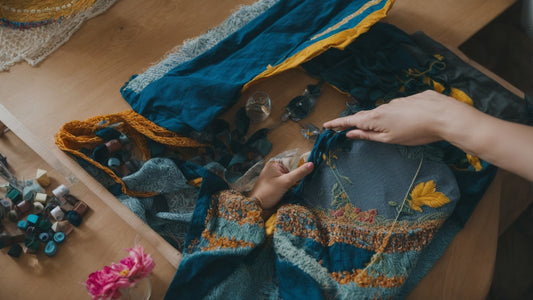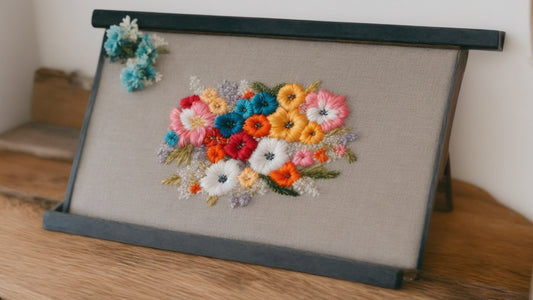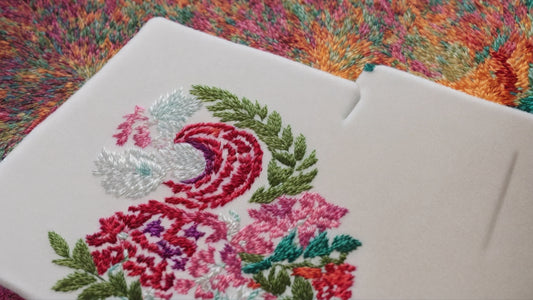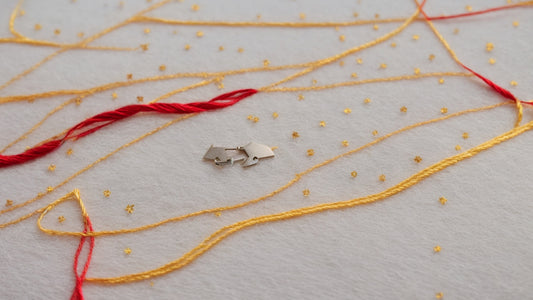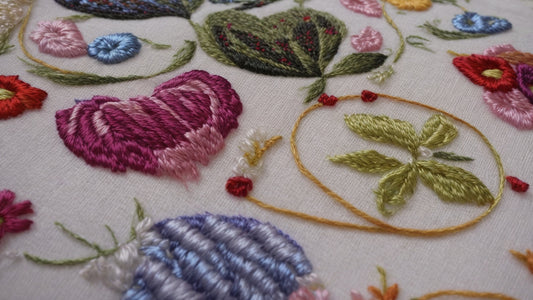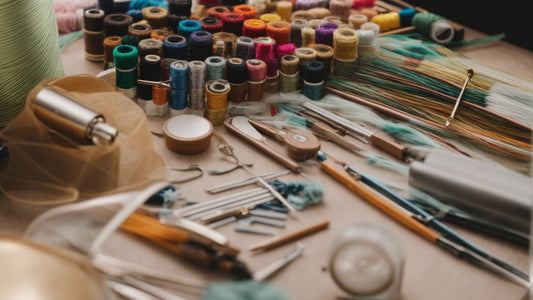
Day 3: Learning Basic Embroidery Stitches
Day 3: Learning Basic Embroidery Stitches
Embroidery is a beautiful and versatile craft that allows you to create stunning designs using just a needle, thread, and fabric. In this article, we will focus on learning some basic embroidery stitches that will serve as the foundation for your future projects.
1. Back Stitch
The back stitch is one of the most commonly used stitches in embroidery. It creates a solid line and is perfect for outlining designs or creating fine details. To create a back stitch, follow these steps:
- Bring the needle up through the fabric at point A.
- Insert the needle back into the fabric at point B, a short distance away from point A.
- Bring the needle up through the fabric at point C, which is in line with point A.
- Insert the needle back into the fabric at point A.
- Repeat steps 2-4 to continue the back stitch.
2. Satin Stitch
The satin stitch is perfect for filling in larger areas with solid color. It creates a smooth and glossy appearance. To create a satin stitch, follow these steps:
- Bring the needle up through the fabric at point A, on the edge of the area to be filled.
- Insert the needle back into the fabric at point B, on the opposite edge of the area.
- Bring the needle up through the fabric at point C, next to point A.
- Insert the needle back into the fabric at point D, next to point B.
- Repeat steps 3-4 to fill the area with satin stitches.
3. French Knot
The French knot adds texture and dimension to your embroidery. It is commonly used for creating small decorative elements like flowers or eyes. To create a French knot, follow these steps:
- Bring the needle up through the fabric at the desired location for the knot.
- Hold the thread taut with your non-dominant hand.
- Wrap the thread around the needle twice.
- Insert the needle back into the fabric close to the starting point.
- Gently pull the needle and thread through the fabric, keeping a firm grip on the wraps.
These are just a few of the basic embroidery stitches you can learn and practice. As you gain more experience, you can explore and experiment with different stitches to create unique and intricate designs. Remember to start with small projects and gradually work your way up to more complex ones. Happy stitching!
